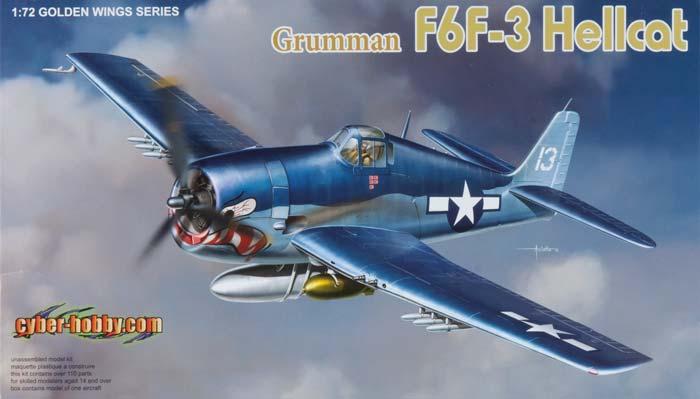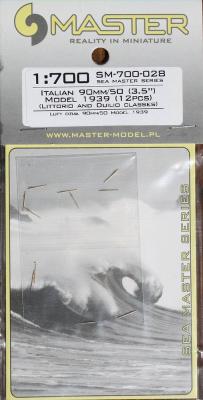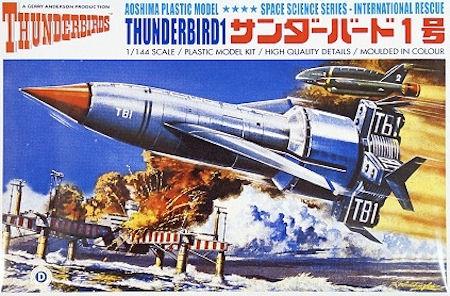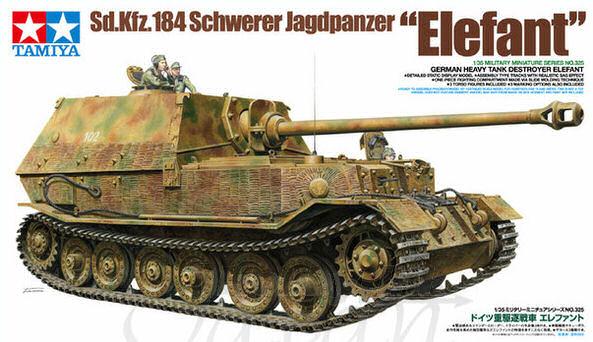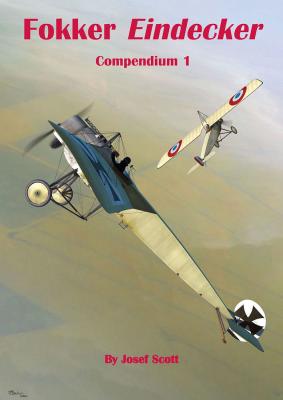Cyber-Hobby has recently entered the model aircraft community, and their latest offering is that of a 1/72 scale F6F-3 Hellcat. The kit builds up reasonably well, with good fit for most of the parts, and options such as extended or retracted landing gear, open or closed canopy, and extended or retracted wings. Cyber-Hobby also does a nice job of including the markings for six different squadrons, and in the case of VF-27, there are markings for three different planes with the legendary “cat mouth” motif. The kit itself contains 124 light gray parts spread across seven sprues, as well as 5 clear parts on a single sprue and 4 photoetch pieces on a single fret. The directions are on eight pages (a single sheet of paper with three folds), and are printed in black and blue. The kit will make a great addition to the collection of any modeler who is interested in the venerable Hellcat in this scale.
Welcome to the IPMS/USA Reviews site!
Introduction: The primary organization of the IPMS/USA Review website is by IPMS/USA National Contest Class. Within each Class there are sub-menus by kits, decals, books, etc. The Miscellaneous Class is for items that are not class specific or that cross two or more classes.
IPMS/USA Members: We encourage you to submit reviews, both here and to the Journal. To volunteer for membership in the IPMS/USA "Reviewers Corps" and submit your own reviews, please read the Guidelines For Submitting Product Reviews.
Manufacturers, publishers, and other industry members: IPMS/USA is pleased to offer your company the opportunity for product reviews. All product reviews are performed by IPMS/USA members, and are posted in the publicly-accessible section of our website. With very few exceptions, we perform full build reviews of new kit releases, aftermarket products, and supplies. If you would care to provide product samples for review, please contact John Noack, IPMS/USA 1st VP.
To learn more about IPMS/USA, please see our About Us page.
History
In the mid-1930s, Italy began design studies for a new naval antiaircraft gun to replace the 100mm/40 mounts, which was too slow to elevate and track modern aircraft. After calibres from 6-127 mm were evaluated, Regia Marina opted for a compromise between firepower, rate of fire, and system weight. Ansaldo did the initial design work and developed the 90mm/50 Ansaldo 1938, OTO 1939 model heavy antiaircraft gun and stabilized mount. Performance was similar to the famed German 88mm, and these guns remained in service for many years after WW2. These guns were installed in the Littori class battleships and the reconstructed battleships Andrea Dorea and Duilio. Plans for fitting out other ships were never carried out. Although the guns were satisfactory, the stabilization system was prone to breakdowns and the ammunition had limitations.
The Parts
5, 4, 3, 2, 1...
This countdown started each episodes of the British Supermarionation show Thunderbirds. I remember watching this and other Gerry Anderson shows when I was a wee lad. I, of course, watched them for the very cool models.
Thunderbird 1 was always first on the scene to check out what rescue equipment Thunderbird 2 would need to haul in. It was piloted by Scott Tracy. The launch sequence for TB 1 was my favorite, blasting off from its underground hanger through the pool area.
Aoshima has rereleased their 1/144th scale kit and it is probably the best rendition of this machine on the market. It is not one of the many “toy” versions with the pull back wheels but an actual scale model consisting of 50 silver plastic parts and 6 plastic bars which the instructions have you glue 4 of in the bottom of the rocket, probably to help it sit when on its spindly landing gear.
History
The Elefant came into being from improvements made to the tank destroyer Ferdinand. After the battle of Kursk, surviving Ferdinands from sPz.Jg.Abt.654 were consolidated into sPz.Jg.Abt.653. The unit withdrew to St. Polten in December 1943 for overhauls and modifications, which included the addition of a machine gun at the radio operator's position, a commander's cupola, new tracks, rain gutters on the front of the superstructure, and new armored engine grilles. A Zimmerit coating was also applied. These modifications coincided with Hitler's order to have the vehicles redesignated with the name Elefant. Elefants served on the Russia front, in Italy, and in the defense of Berlin.
Many decades ago when I became initially fascinated with early aviation and the adventure of WWI fliers in particular, the aircraft that symbolized that era and fascination was, and still is for me, the Fokker Eindecker. Like most modelers interested in WWI aviation, I considered the Eindecker a favorite kit. Unfortunately, until Eduard began producing quality plastic injection kits, a good, accurate, and relatively easy to build Eindecker was hard to find – and one in the larger scales, almost impossible. Accurate information was equally difficult to come by. Most information in depth was to be found on a few enthusiast WWI aviation sites, and even then, contention was rife and misinformation common. This led to the occasional and mainly entertaining flame wars which would flare up, burn brightly for a time, then die down only to lie smoldering until the next ‘expert’ pronouncement was made.











